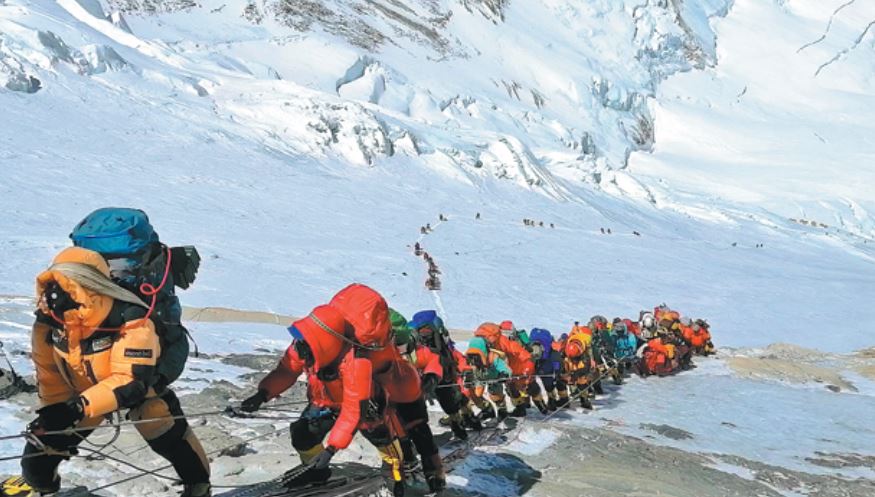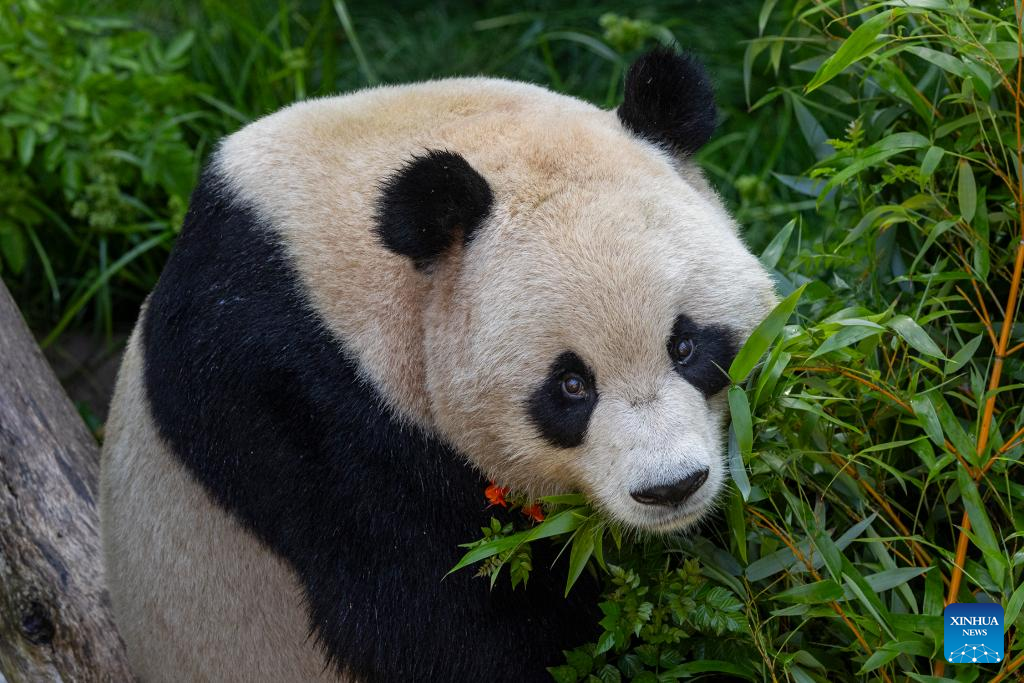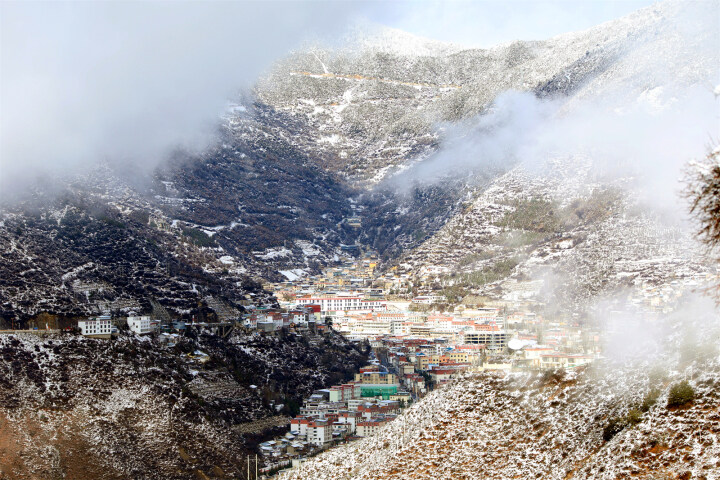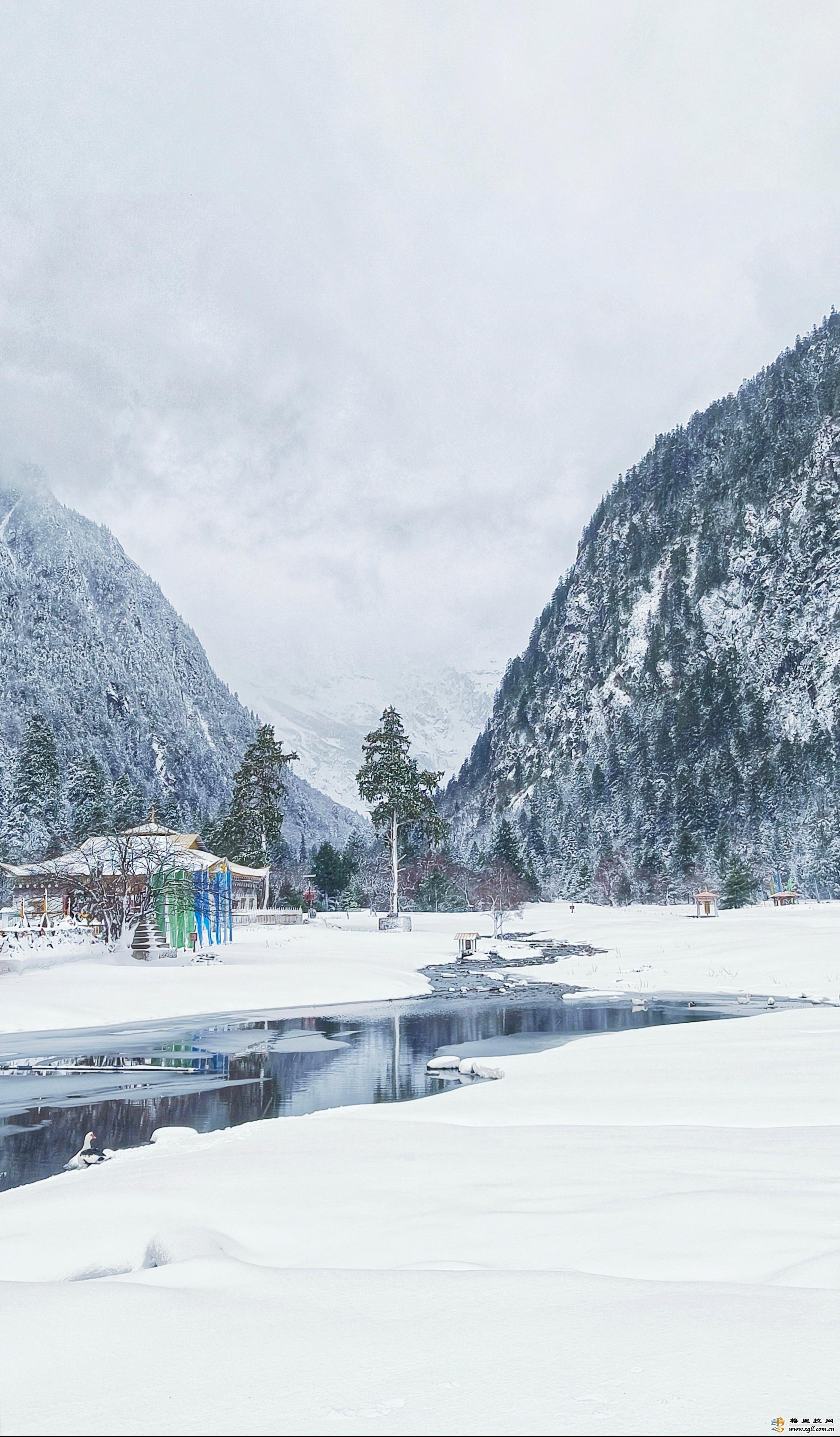
A long queue of mountain climbers line a path on Qomolangma just below camp four in Nepal, on May 22. RIZZA ALEE/ASSOCIATED PRESS
Nepal considering requiring more proof of experience in wake of congestion photos
Stricter rules should be imposed for a safer expedition experience at the world's highest peak, Qomolangma, known in the West as Mount Everest, while climbers should be cautious about the risk, experts say.
More precautions should be followed by expedition teams and governments to avoid repeating this year's high death toll, said Kul Bahadur Gurung, general secretary of the Nepal Mountaineering Association, or NMA, to China Daily.
With at least 11 people losing their lives when climbing Qomolangma, 2019 saw the highest number of deaths since the deadly avalanches of 2014-15. The dead came from India, the United States and Europe and a Nepali guide died as well, according to The New York Times.
Photos showing a row of climbers, 8,000 meters above sea level, waiting along a single rope leading to the top, went viral on social media in recent weeks. They raised once again concerns over safety issues and lack of proper management.
Gurung said difficult weather conditions, lack of experienced climbers and supporting staff and the commercialization of expeditions were the main reasons for the high death toll.
"Since the number of people reaching the summit of Everest is increasing, everyone thinks it is easier to climb and everyone can climb, which is a totally wrong idea," he said.
Nepal issued 381 expedition permits for this spring's climbing season, up from last year's 347 and a record high. Each climber needs to hire at least one Sherpa guide, making the total number of people climbing Qomolangma close to 1,000.
Most of the permit applicants are from India, the US, China and the United Kingdom, according to data from Nepal's Department of Tourism.
Congestion was not the direct cause of the deaths, but as climbers had to spend a longer time waiting, those with less experience became victims of insufficient oxygen, loss of energy and severe weather conditions, said Dawa Steven Sherpa, managing director of Kathmandu-based Asian Trekking agency, told China Daily.
Several Nepalese government officials said they were analyzing what had happened and are leaning toward requiring all climbers to submit proof of mountaineering experience and a verifiable certificate of good health, according to The New York Times.
"Certainly there will be some change in the expedition sector, said Mira Acharya, a senior official with Nepal's tourism ministry. "We are discussing reforming some issues, including setting criteria for every Everest hopeful."
The comment is a reversal from previous comments made by Mohan Krishna Sapkota, secretary of Nepal's Ministry of Tourism and Civil Aviation. As quoted by The Associated Press, she had said the government had no intention of restricting the number of permits issued, instead encouraging even more tourists and climbers to come "for both pleasure and fame".
Noting the Nepali government's latest comments, NMA's Gurung said the reforms will be "very important to prevent such tragic incidents in the future", adding his organization supports such regulations.
"It is nothing new that the government said it is reviewing the policies, because it has always been reviewing the policies. In fact, we have been recommending a whole number of policy changes for a long, long time, but it hasn't (happened)," said Asian Trekking's Sherpa.
"One of the biggest problems that we have got right now is the fact that we don't have a tourism minister at the moment, … so the issue is that the policies may be reviewed but there is no leader to push it through," said Sherpa. According to Reuters, Nepalese tourism minister Rabindra Adhikari died from a helicopter crash in eastern Nepal in February.
"When people die climbing Everest, eventually it hurts the sport of mountaineering," said Amit Chowdhury, president of the safety commission at the International Climbing and Mountaineering Federation in a May 24 commentary written for The Times of India.
The international association urged all stakeholders to engage in urgent dialogue to work toward a safer and more sustainable approach to climbing Qomolangma.
Solutions should focus on supporting the communities who live and work in the region, increasing climber safety, improving the experience of climbing Qomolangma, as well as protecting an increasingly fragile mountain environment, the international association said in a recent statement. In addition, access management, climber experience, training and self-responsibility are among the key topics to address.
"Besides imposing new rules from the government of Nepal, it is also the responsibility of trekking companies and climbers to follow the safety rules," said NMA's Gurung, adding that people should not confuse life with money. According to the Nepali regulation, every foreigner needs to pay $11,000 for an expedition permit to Qomolangma. Sherpa said his company charges an all-inclusive $36,000 per person for an expedition tour.
Climbers need to prove their mountaineering experience or pass training; otherwise, the company will turn them down.
Noting that Qomolangma expeditions are an important economic contributor for Nepal, Sherpa, who is an implementation committee member of the country's tourism campaign, Visit Nepal 2020, said there should be a balance between the income and policies.
Referring to the viral congestion pictures, Sherpa said the situation was "just on a specific day for about three to four hours". He said the pictures do not represent the overall expedition experience.
A total of 362 people climbed the North Slope of Qomolangma in southwest China's Tibet autonomous region this year, said the regional government in a May 31 news conference, as reported by Xinhua. Among them, 142 were foreigners and 12 were Chinese, together with 208 Nepalese Sherpa who assisted in the expedition.
Altogether 241 people reached the top, making the total number of people reaching the top of Qomolangma from the Chinese side at 3,019.
Two foreigners died due to physical discomfort, while another two foreign tourists were rescued at heights of 7,500 meters and 6,500 meters, according to the local government. It said besides relevant regulations, strict requirements pertaining to each climber's age, experience and route have been set for climbing Qomolangma.
|






7740f3b5-9ecb-438e-9052-76cb2d4bb671.jpg)

